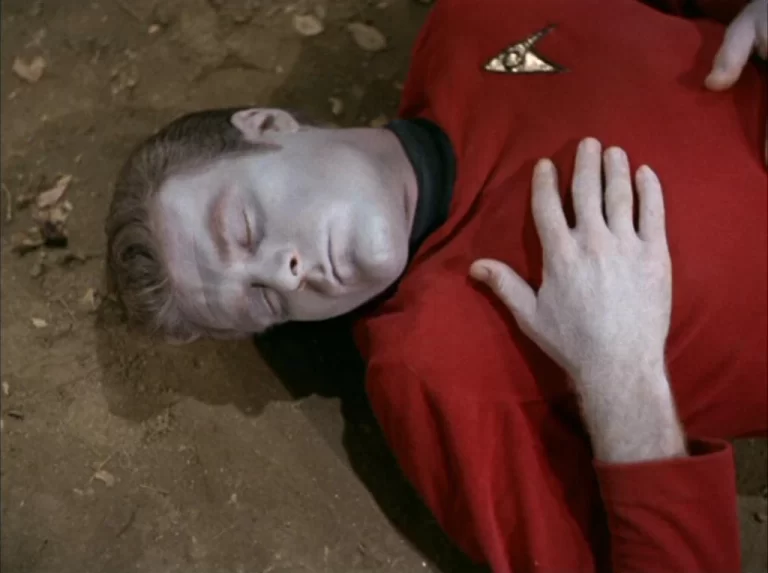(Originally posted on
H.P. Lovecraft has achieved a modern cult status among horror fans through several sources. I find a great deal of the people who talk about him, haven’t actually read his original material. They’ve been exposed to the whole Cthulhu Mythos from other media. Pop culture has created an entire Cthulhu brand name. Just this evening I discovered that there are “Cthulhu Mints” at a local candy store. I’m sure plenty of people have seen Cthulhu plush toys.
To be fair, Lovecraft isn’t the most accessible writer. His style is ponderous, verbose and filled with arcane adjectives. I can sympathize.
His horror fiction isn’t really ‘scary’ per se (with a couple of exceptions.) What he does excel at, however, is creating a disturbing mood. A feeling of uneasiness that he crams down your throat by seeing the events through the eyes of another character, who is often willfully ignorant of weird events, because they’re unable or unwilling to acknowledge the events. They go through mental gymnastics to escape the awful truth.
His strongest works, in my opinion, are The Colour Out of Space, The Shadow Out of Time, and The Dunwich Horror. I tend to enjoy Dunwich the most, since he takes the ‘unseen horror’ to a new level. It, like Colour, it takes place in a backward, rural society in New England. The claustrophobic nature of this insular society is a staple of Lovecraft.
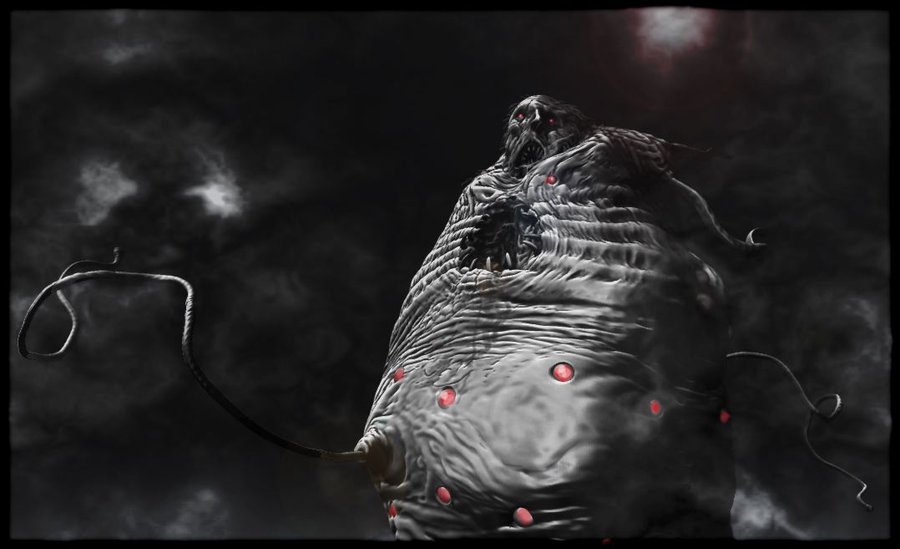
I, like many people, got my first education in Lovecraft via role-playing games. In the old 1st edition Advanced Dungeons & Dragons Deities and Demigods books there was a set of the Cthulhu Mythos, illustrated by Erol Otus. The mythology was put into an AD&D product for some reason, even though it doesn’t really fall into the ‘high fantasy’ or ‘heroic fantasy’ line of fiction. Although, interestingly enough, the Conan sword and sorcery series does technically take place in the same universe as Lovecraft’s cosmic horrors. This is actually not as strange as it sounds, as there was a definite aura of nihilism and dark horror in the original Robert E. Howard books. The two authors were actually pen pals and swapped ideas.
In any case, Lovecraftian fiction mixing with Tolkienesque elves, dwarves and halflings doesn’t work easily. It certainly didn’t give me a decent understanding of Lovecraft, nor was it easy to find copies of Lovecraft’s stories at the time. Ergo, I ended up with a distorted view of his works until many years later when I actually read them. Even then, I didn’t start to ‘get’ Lovecraft until I read The Dunwich Horror.
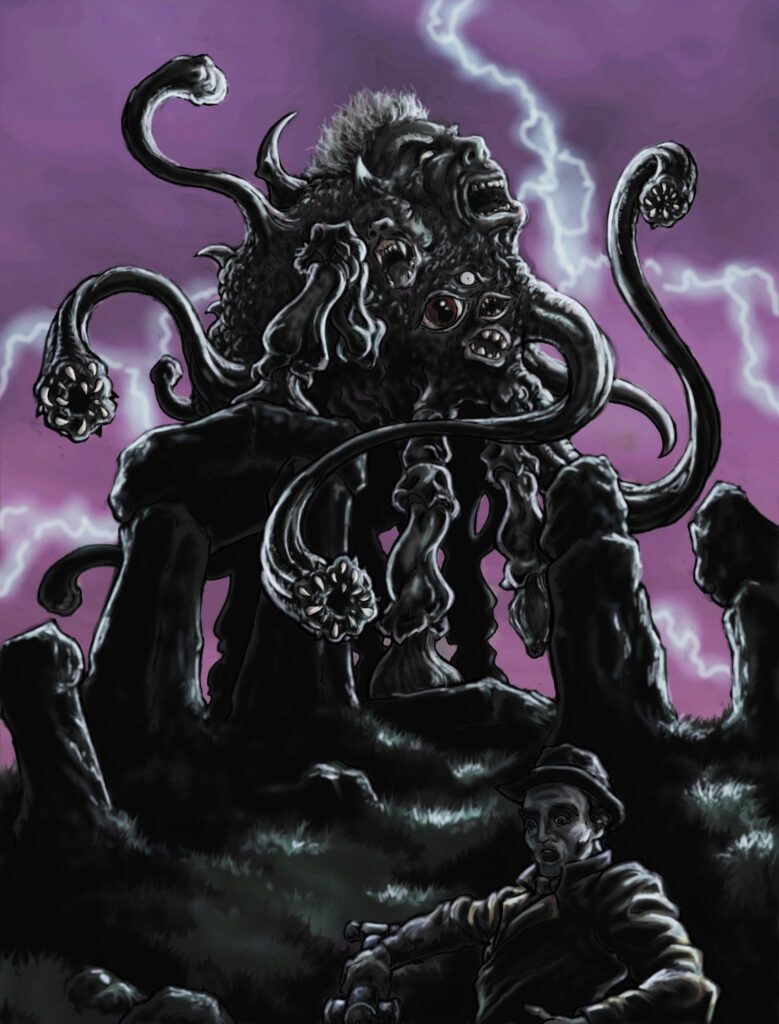
Lovecraft has two great strengths that were brought to the fore in Dunwich: establishing a disturbing background and keeping the horror hidden for most of the time. In this case, it was impossible to see the final horror and its worst aspects are seen through its deeds in a slow, increasing fashion. Even throughout its rampage, Lovecraft keeps building on what else is worse out there. There are terrible things out there and they’re quite literally incomprehensible.
If you take Lovecraft’s monsters out of their element, they don’t work nearly as well. Is a shoggoth horrifying? Sure, but not nearly as much without its build-up in At the Mountains of Madness. Lovecraft’s setting and mood sells them, the same way he sells Wilbur’s brother in Dunwich. When I put down the book, Lovecraft’s ‘package deal’ clicked. I got it.
Sadly, I only see a minority of fandom out there who ‘get’ it. Modern fans are used to seeing the horrors in great, High-Definition, 3-D detail. Lovecraft understood that the human mind will always come up with a worse horror without seeing a thing. Once you see the horror, no matter how awful, at least you know what you’re up against and can try to deal with it. The unseen, cosmic horrors of Lovecraft are beyond that. You simply can’t deal with them because you only catch glimpses of them. The horror comes from what they do or (more often) what they suggest about the nature of reality.
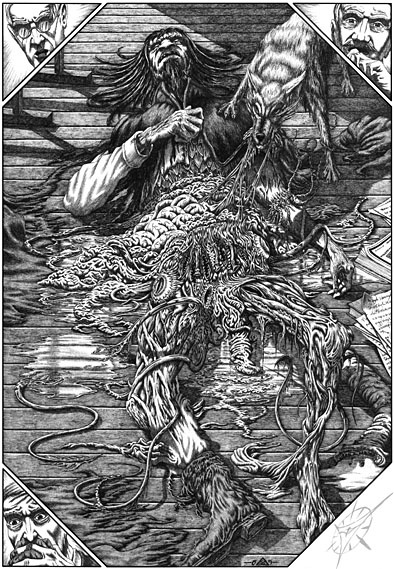
Lovecraft isn’t for everyone. If you have a low tolerance for a kind of fatalistic nihilism, you’re liable to avoid Lovecraft. There aren’t any heroic efforts or happy endings. The best the protagonists usually do is merely escape the ancient horrors that still lurk within the outer dark, or a brief pause before the ultimate doom wipes mankind from the face of the Earth.
It’s also difficult to translate Lovecraft into Hollywood movies. They’ve been mostly quite bad, with such crap as Die, Monster, Die!, The Haunted Palace, The Necronomicon and–unfortunately–The Dunwich Horror.
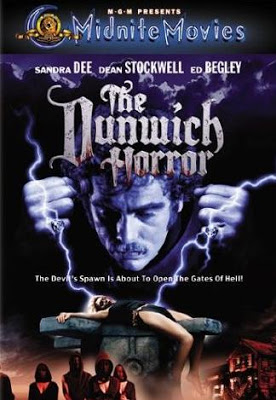
It’s worth seeing–once–at least for the oddball nature of Dean Stockwell and Sandra Dee in a Lovecraft adaptation. It’s not a completely terrible movie, but it’s definitely a terrible Lovecraft movie.
There have been better Lovecraft movies, but I plan on talking about them in a future post.

